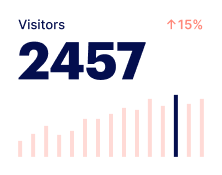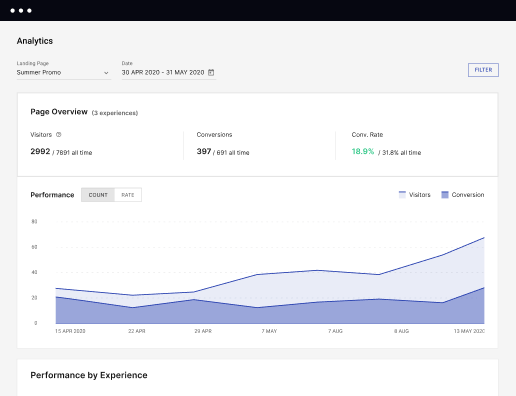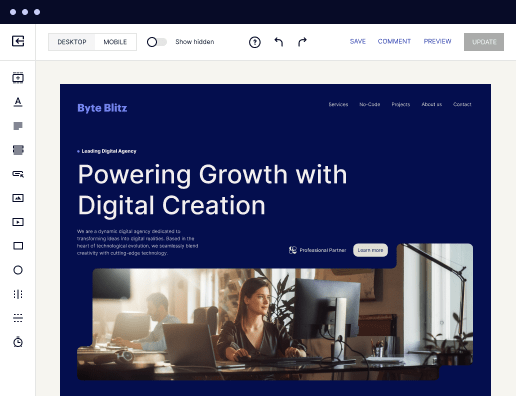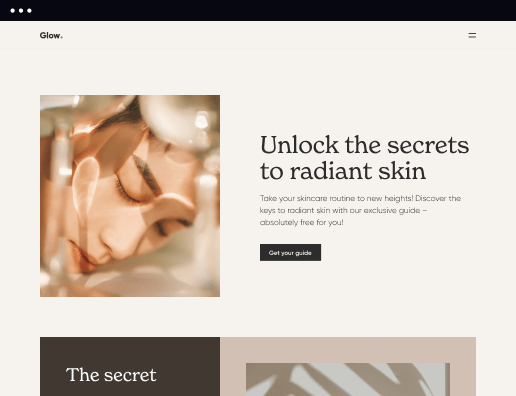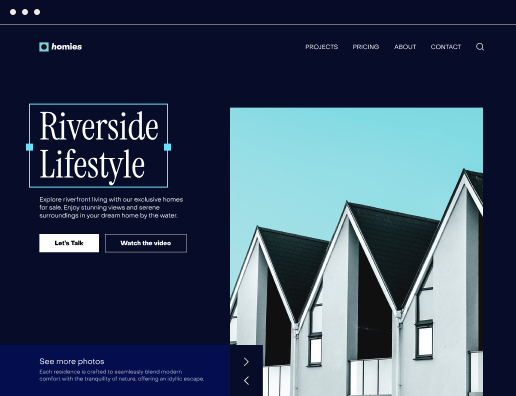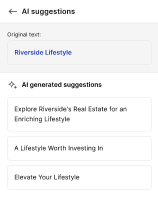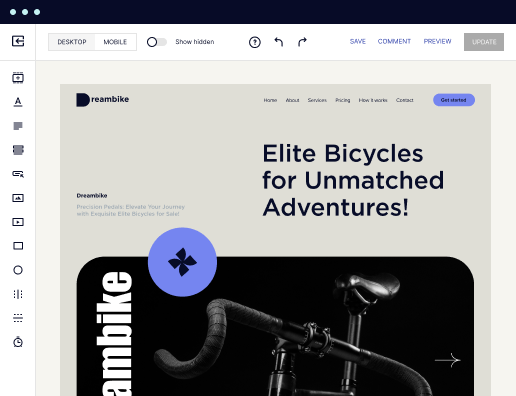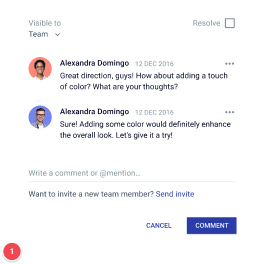Make your 403 forbidden page designed for iPadOS
Instapage empowers you to reduce costs, increase conversions, and deliver meaningful experiences on iPadOS.
Creating a 403 Forbidden Page on iPadOS: A Step-by-Step Guide
In today's digital landscape, errors like 403 Forbidden pages can deter potential customers. Understanding how to create an effective 403 Forbidden page on iPadOS is crucial in minimizing disruptions in user experience. This guide will walk you through creating a user-friendly landing page that communicates effectively with your visitors.
Understanding the 403 Forbidden Error
A 403 Forbidden error indicates that access to the requested resource is denied. This might happen for a variety of reasons, such as permission settings on a server or restrictions placed on the file you want to access. By creating a well-designed 403 Forbidden page, you not only inform users about the issue but also redirect them to alternative content.
Step 1: Setting Up Your Listening Environment
Before diving into the creation process, ensure that your environment is correctly set up. This includes installing necessary software and ensuring compatibility with iPadOS. To do this:
- Ensure your iPad is updated to the latest iPadOS for optimal performance and security.
- Install a reliable web development tool that supports HTML and CSS editing directly from your iPad.
- Familiarize yourself with any required file permissions settings to avoid future 403 errors.
Step 2: Designing Your 403 Forbidden Page
A well-constructed 403 Forbidden page should contain essential elements. Here are the main components you need to include:
- A clear message indicating that access is forbidden, such as '403 Forbidden: You do not have permission to access this page.'
- Contact information or links to your site’s homepage to guide users back.
- A visually appealing design matching your brand style to maintain user trust.
Step 3: Implementing Your 403 Page on iPadOS
Once your design is ready, the next step is implementation. This involves updating server configurations to ensure your new page displays correctly for users encountering a 403 error.
- Upload your custom 403 Forbidden page file to your server's root directory.
- Modify the server settings to direct traffic from the 403 error to your newly created page.
- Test the functionality of your 403 page by intentionally accessing a restricted area of your site.
By following these steps, you establish a dedicated space for handling access issues on your site, thus improving user experience and retaining visitor loyalty.
For more advanced features, consider using Instapage to create customized landing pages efficiently. Their platform streamlines the design process, providing templates that help enhance your online presence.
Get more out of Create your 403 forbidden page on iPadOS
Improve your Quality Score with quick load technology for landing pages
Increase conversions with content that aligns with your ads and audiences
Achieve maximum ROI by scaling your marketing initiatives
Leading the way in building high-performing landing pages





FAQs
See how to create your 403 forbidden page on ipados in action
Ready to skyrocket conversions?
Supercharge your ad campaigns with high-performing landing pages.
Get started
